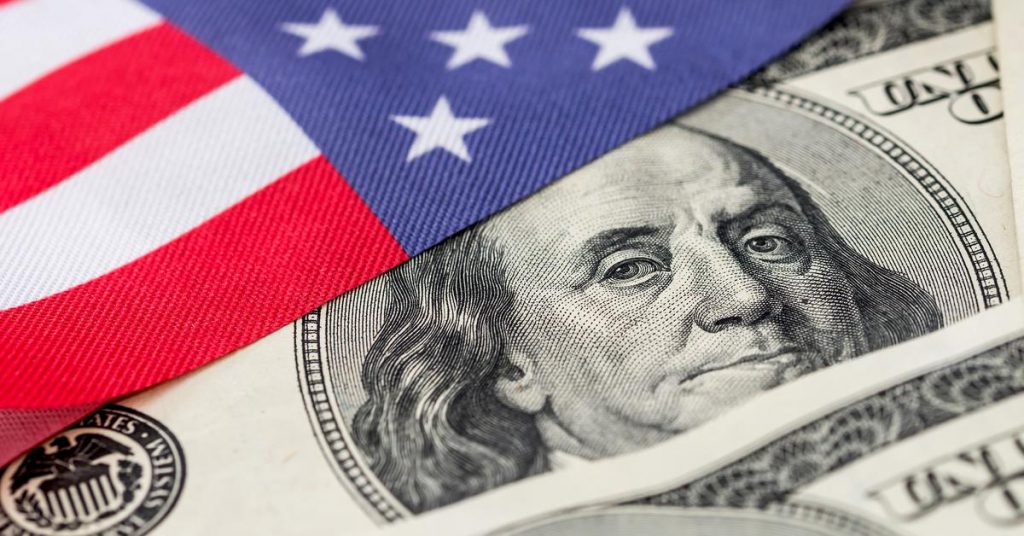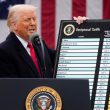The ballooning debt metrics have always been a matter of grave concern for the US economy. With the data metrics gradually inching towards breaching the $34 trillion mark, several experts and analysts are now expressing concerns over such stark data numbers, projecting their qualms over swelling debt data.
Adding more fuel to this narrative, government expense interest has also crossed the $1 trillion mark, a metric that is now being dubbed an area requiring high strategic analysis and control assessment.
Also Read: Purchasing Power Of The US Dollar (USD) Declined 23% In 5 Years
Government Expense Interest Continues To Surge Higher


Government interest expense, often dubbed interest paid by the government on its national debt, has now crossed the $1 trillion mark. Per the analysis done by the game of trades on X, at this rate, this mark could easily cross the $1.7 trillion mark by 2025, which can pose a severe detrimental impact on the US’s economic health and prestige.
“The US government interest expense has crossed $1 trillion. At this rate, it is expected to hit $1.7 trillion by April 2025. The US debt crisis is now becoming a major concern.”
The US debt in its entirety has already crossed the $34 trillion mark. The rising numbers indicate the stalling health of the US economy, signaling that the country is becoming more indebted and less productive in the long haul.
“Furthermore, since February 2019, the US national debt has increased by $12.5 trillion, or roughly $2.5 trillion a year. On the other hand, the US economy (GDP) has grown by $7.2 trillion in the same period, or approximately $1.44 trillion a year. It means that in the last five years, for one unit of economic growth (GDP), the US government has created 1.7 units of debt. In other words, the US economy has been becoming less productive and more indebted as time passes.” The global market investors shared.
Implications of Increased Government Interest Expenses on the US Economy
If the rate of GIE continues to expand and progress, it could pose serious deficits for the economy to handle and take care of. For instance, the US economy can encounter serious fiscal deficits where a large chunk of funds will go towards filling the GIE debt crack barrier.
Similarly, the high metrics may also compel the government to increase taxes, which may harm its citizen’s spending habits and quality of life.
The rise in debt numbers can also indicate an increasing inflationary pressure. This development can push the government to explore the option of printing more money to curb inflation.
While records of the US printing more dollars have been a matter of formal debate, this could compel the economy to get stuck in a vicious death cycle, which can ultimately lead to the overall degradation of the US’s economic health.
Also Read: Cryptocurrency: Top 3 Coins Poised To Surge 200% This June





